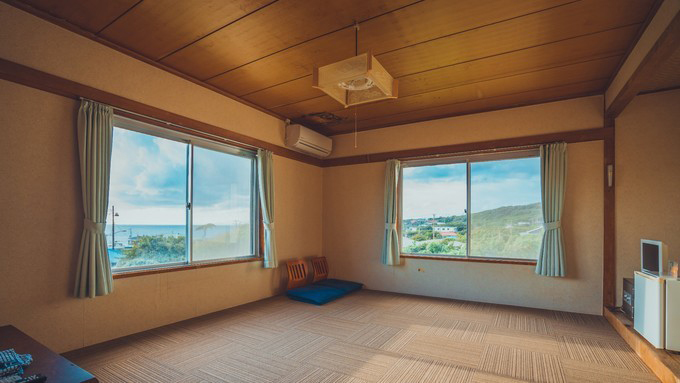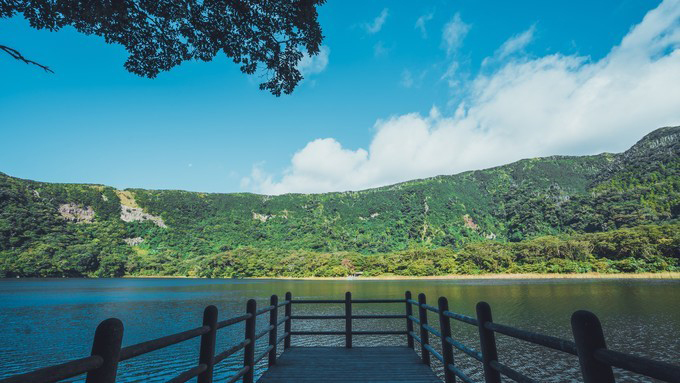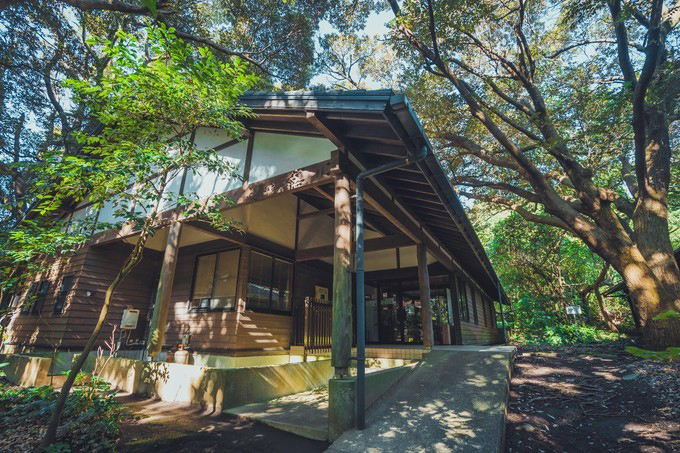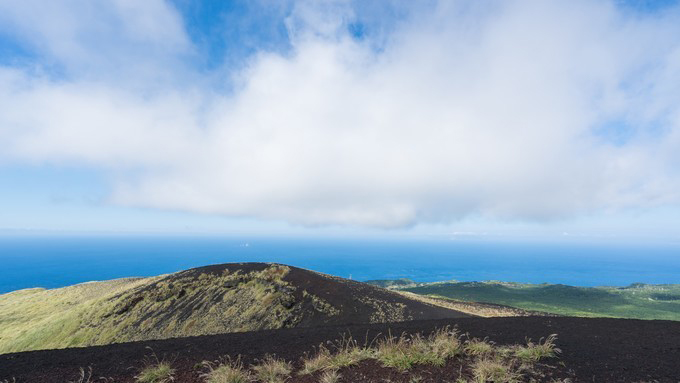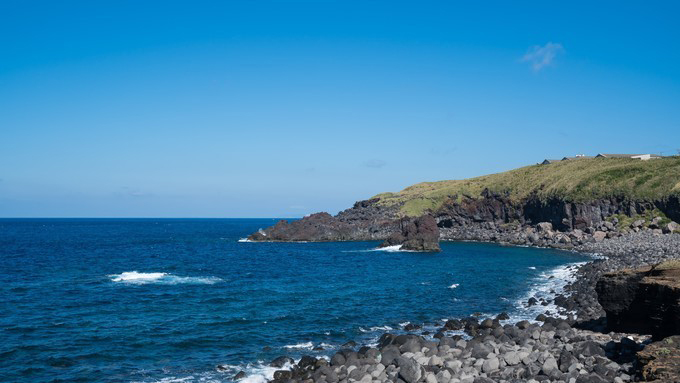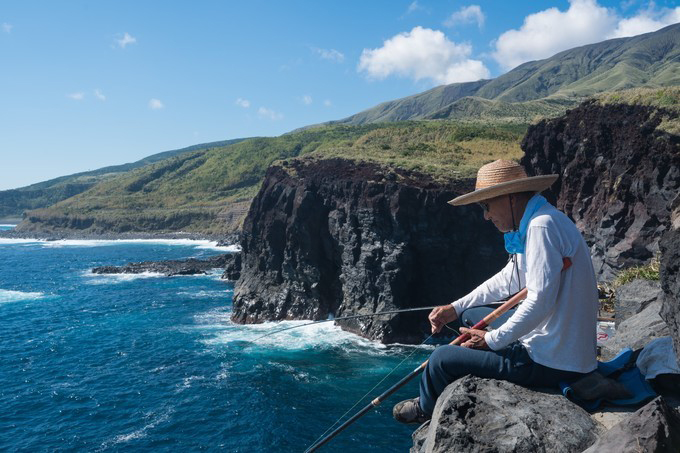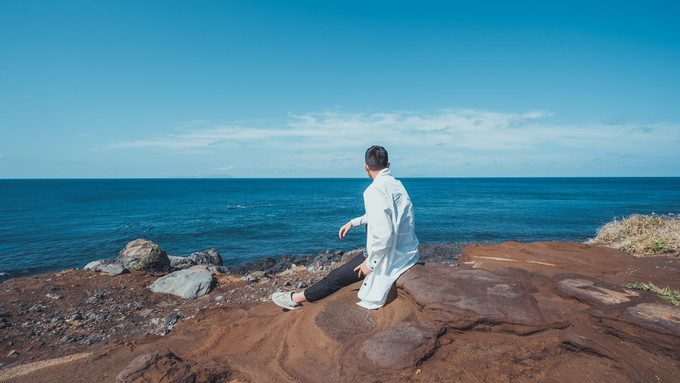Day 1
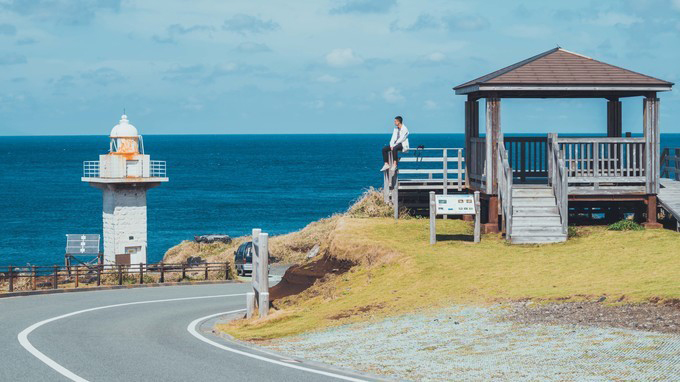
Miyakejima
Miyakejima lies quietly there, just like the simple people on the island, who live slow-paced and contented lives. I have always longed for a leisurely and satisfactory life.
Miyakejima is beautiful. With its light blue sky, azure sea, lush greenery, warm sea breeze, graceful seabirds, and the sound of the tide gently coming and going, everything is so light and gentle, presenting what beauty must be like.
Miyakejima is beautiful. With its light blue sky, azure sea, lush greenery, warm sea breeze, graceful seabirds, and the sound of the tide gently coming and going, everything is so light and gentle, presenting what beauty must be like.
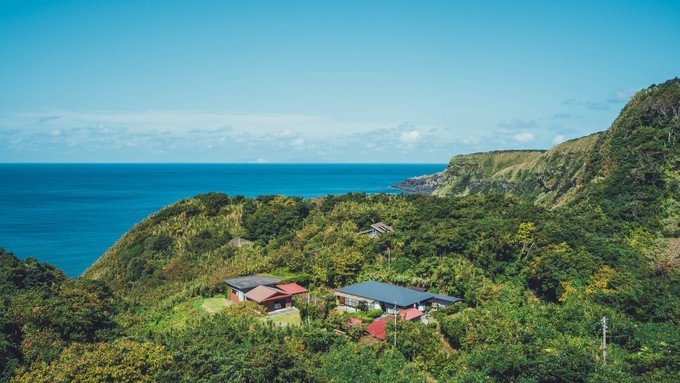
Miyakejima 2
The life on Miyakejima is very relaxing. Working from sunrise and resting at sunset, the people of Miyakejima don't have the stress faced by those living in
cities such as Tokyo and Osaka; so that they can leisurely listen to the tide coming and going, and watch the sunrise
and the sunset. They are very satisfied with this kind of life.
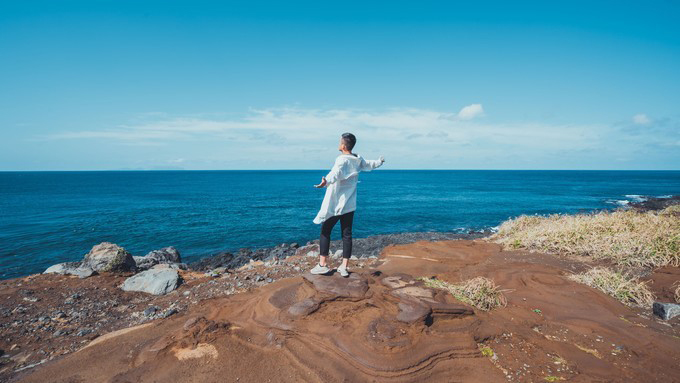
Miyakejima 3
What the people of Miyakejima face, though, are natural disasters, as the island's volcano often erupts.
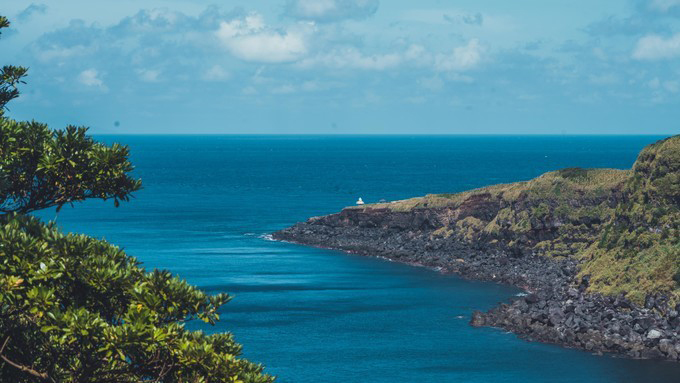
Miyakejima 4
Magma covers most of the island's area, and has destroyed the homes of many people. Rising up again, the adorable folks of Miyakejima are resilient and determined.
They have experienced destruction and rebirth.
They have experienced destruction and rebirth.

About transport
Miyakejima is located approximately 180 km southwest of Tokyo.
If you choose to travel by plane, you can opt for the direct flights provided by New Central Airservice, which operates three round trips daily. The flight takes approximately 40-50 minutes. Alternatively, you can choose the Tokyo Love Land Shuttle helicopter operated by Toho Air Service, which takes longer but allows you to enjoy many scenic views.
If you choose to travel by plane, you can opt for the direct flights provided by New Central Airservice, which operates three round trips daily. The flight takes approximately 40-50 minutes. Alternatively, you can choose the Tokyo Love Land Shuttle helicopter operated by Toho Air Service, which takes longer but allows you to enjoy many scenic views.
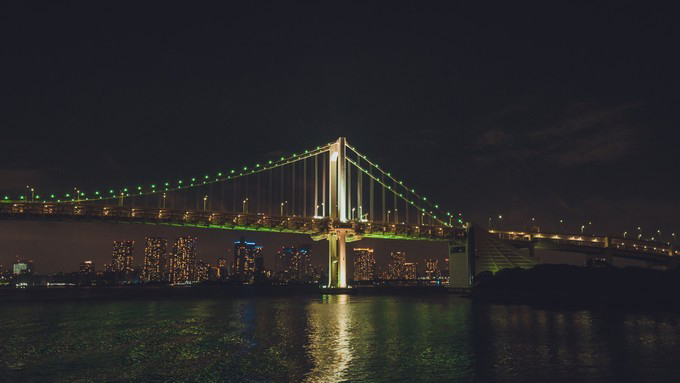
About transport 2
If you travel by ferry, you can use the services of Tokai Kisen. The ferry departs from Tokyo Takeshiba Pier
(Hamamatsucho Station or Takeshiba Station) at 10:30pm. After approximately six and a half hours, you arrive at
Miyakejima.
Taking a ferry to Miyakejima can save you one night of accommodation, and the prices are cheaper compared to plane tickets. Therefore, I chose the ferry for my outbound journey.
Taking a ferry to Miyakejima can save you one night of accommodation, and the prices are cheaper compared to plane tickets. Therefore, I chose the ferry for my outbound journey.
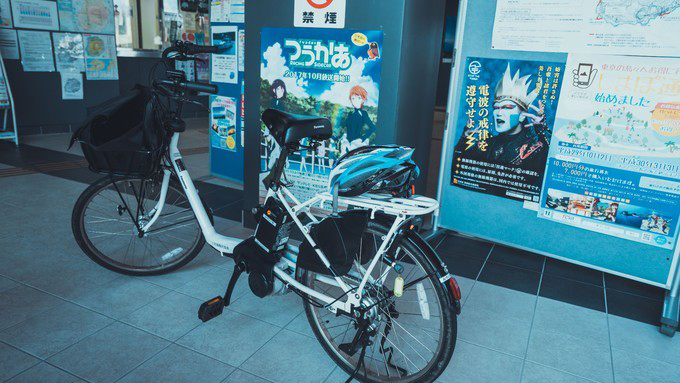
Electric-assist bicycle
If you're planning to explore the island, I recommend using electric-assist bicycles for a green, environmentally
friendly, and convenient way of sightseeing.
You can rent these electric-assist bicycles from the Miyakejima Tourism Association. Such bicycles are only available there. Other places such as hotels or guesthouses only offer regular bicycles that require self-pedaling, which can be tiring.
You can rent these electric-assist bicycles from the Miyakejima Tourism Association. Such bicycles are only available there. Other places such as hotels or guesthouses only offer regular bicycles that require self-pedaling, which can be tiring.
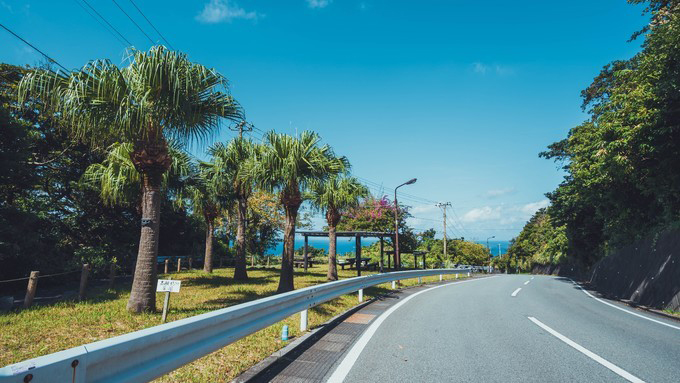
Scenery on the island
The scenery on the island is truly stunning. While you are leisurely riding the electric-assist bicycle along the roads,
you'll be greeted by sunshine, beaches, and the soothing sounds of the waves. Though there may not be cactuses, there
are vast expanses of green vegetation to accompany you along the way.
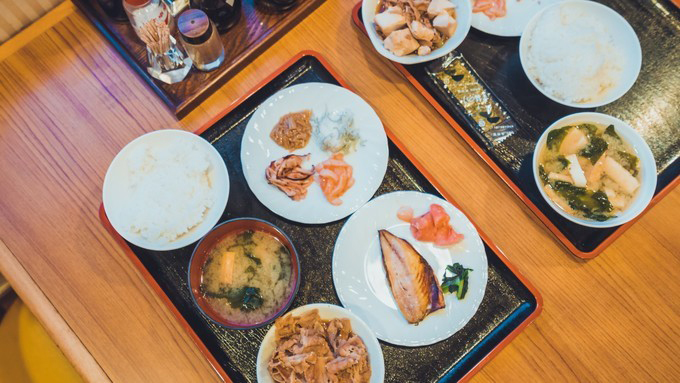
Gourmet food
We all know Japanese cuisine is delicate and delicious. Apart from the numerous snacks available, noodles and set meals
are the most consumed. Set meals are considerably more consumed. They follow standardized portions based on scientific criteria, which is why they're called set meals.
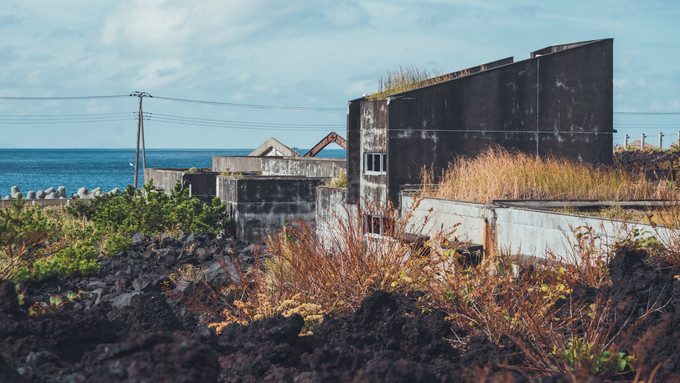
Volcano Experience Walking Path
Since ancient times, Miyakejima has had the highest frequency of volcanic eruptions among the Izu Islands. According to historical records, since 1085, eruptions occurred in 1154, 1469, 1535, 1595, 1643, 1712, 1763, 1811, 1835,
1874, 1940, 1962, 1983, and 2000.
The most devastating eruption to hit Miyakejima occurred in 1983. Following the eruption, the island's area was reduced to only one-third of its original size, with the remainder being engulfed by searing, charred magma.
The most devastating eruption to hit Miyakejima occurred in 1983. Following the eruption, the island's area was reduced to only one-third of its original size, with the remainder being engulfed by searing, charred magma.
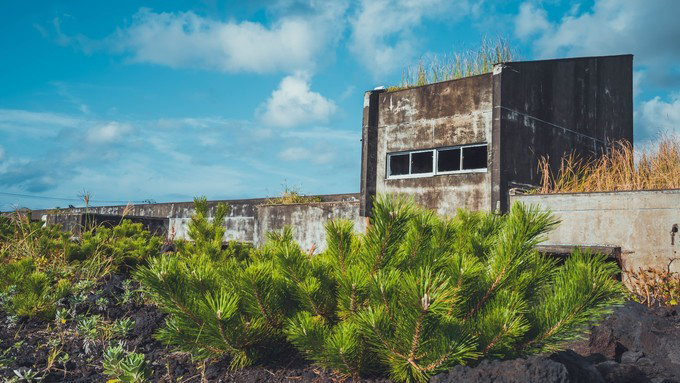
Volcano Experience Walking Path 2
However, Miyakejima has a remarkable resilience. Despite such a devastating disaster, the island has not been buried
into the depths of history or reduced to dust. Miyakejima, much like the plants sprouting anew from the darkened lava, was reborn. Despite its diminished size, the
love and attachment the islanders hold for it haven`t diminished.
A similar event ocurred in 2000 again when the volcano erupted once more, forcing the islanders to evacuate. This time, the evacuation lasted for five years. It wasn't until 2005, when the volcanic activity ceased, that they gradually returned to the island.
A similar event ocurred in 2000 again when the volcano erupted once more, forcing the islanders to evacuate. This time, the evacuation lasted for five years. It wasn't until 2005, when the volcanic activity ceased, that they gradually returned to the island.
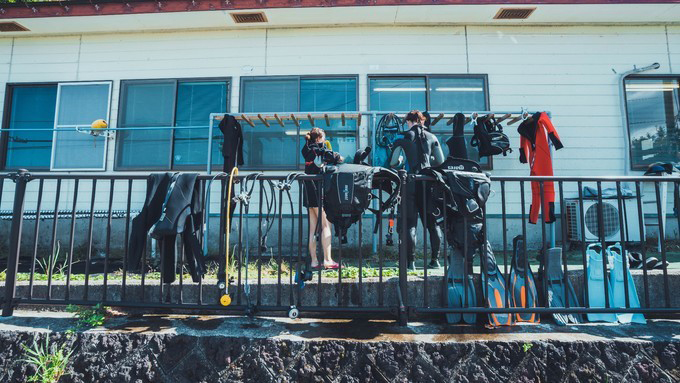
Diving
Miyakejima also offers opportunities for diving. There are facilities on the island that provide gear for rent for
visitors interested in diving. Of course, if you have no prior experience, it's advisable to engage in this activity
under the guidance of professionals.
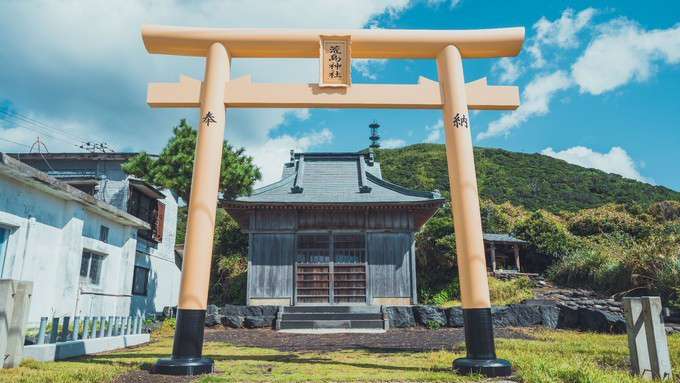
Shrine
As a result of the disasters caused by volcanic eruptions and the numerous legends and mythical stories passed down on
the island, there are many shrines on Miyakejima. There are as many as 70 registered shrines on the island. Including the unrecorded ones, the total number is estimated to exceed 100.
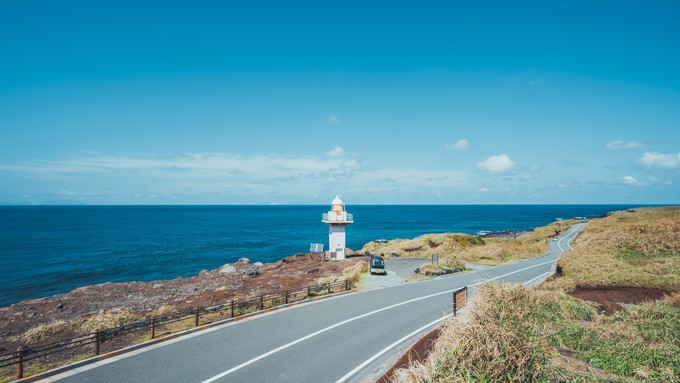
Izu Cape Lighthouse
Lighthouses are situated at regular intervals on the island. They are all white and shaped like square pillars with
circular structures on top, used for signaling or as a source of light. Depending on various requirements, different colored lights and different types of steady or flashing lights are set up.
The lights generally range from 15 to 25 nautical miles.
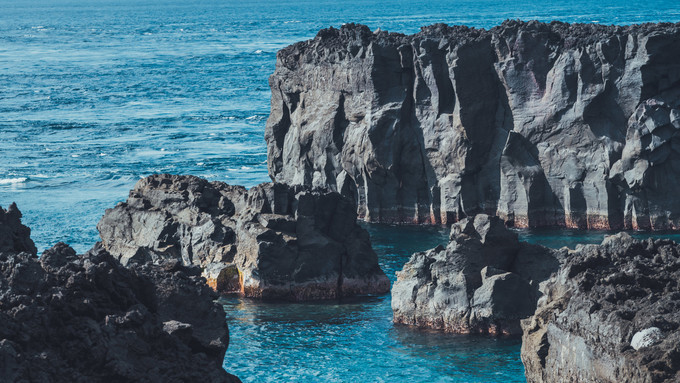
The sea
I didn't grow up by the sea, so I'm quite interested in the things I could only see on TV before. This island trip has
taught me quite a lot of practical things.

Miyake Folk Museum
In Miyakekyodo Museum, there are many materials about the past and the present of Miyakejima. Inside, we can see many
historical stories and learn about cultural aspects of Miyakejima, including its several transformations, numerous
volcanic eruptions, as well as the legends and the myths passed down about Miyakejima.
